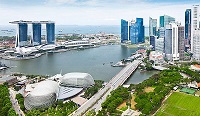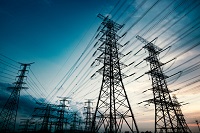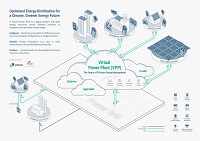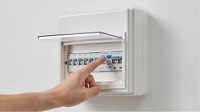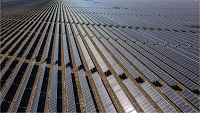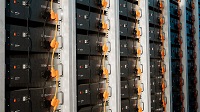A Singapore Government Agency WebsiteHow to identify
Official website links end with .gov.sg
Government agencies communicate via .gov.sg websites
(e.g. go.gov.sg/open).Trusted websites
Secure websites use HTTPS
Look for a lock ( )or https:// as an added precaution. Share sensitive information only on official, secure websites.
Mr Cheang Peng Wah asked how electricity tariffs are set ("Shed more light on electricity tariff hikes," Tuesday).
He may not be aware that the process for reviewing the electricity tariff is well-publicised. Information on how the tariff is determined and its component costs is readily available on the Energy Market Authority (EMA) and Singapore Power websites. This has been the practice since 2010.
The electricity tariff has three main cost components. These are the costs of producing the electricity (which comprises both fuel and non-fuel costs), grid charges for delivering the electricity to consumers, and other miscellaneous charges such as billing and meter reading fees.
Since the electricity market was liberalised in April 2001, the EMA has applied both regulation and market competition to incentivise the industry to reduce costs and achieve higher efficiencies.
While inflation from 2001 to this year has exceeded 30 per cent cumulatively, grid charges have fallen by 14 per cent. In addition, electricity tariffs have increased by 34 per cent during that period, compared with a 220 per cent increase in fuel prices.
As fuel costs make up more than half of the tariff, a 220 per cent rise in fuel prices would translate into the tariff increasing by more than 100 per cent if there were no efficiency gains from regulation and market competition.
Going forward, the EMA will continue to enhance our regulatory framework to promote competition and productivity improvements, so that cost savings and efficiency gains can benefit all consumers in Singapore.
Juliana Chow (Ms)
Director, Corporate Communications
Energy Market Authority
Straits Times: Shed more light on electricity tariff hikes (2 Apr)
SP Services announced that electricity tariffs will increase by an average of 1.5 per cent from this month for the next three months. It said the increase is due to rising fuel prices and additional infrastructure investments to meet increasing electricity demand and replace ageing assets.
Electricity tariff adjustments affect all Singapore residents.
It is odd that bus, train or even taxi fare adjustments - which affect fewer people - are subjected to much closer scrutiny, with well-publicised guidelines and formulae, while the Energy Market Authority continues to approve SP Services' frequent tariff adjustments, which are opaque processes with undisclosed guidelines.
Equally important, I cannot understand why my utility bills ballooned to over $300 for my small three-member family, from just over $100, in no more than 20 years, even though our lifestyles and utility consumption patterns did not change much.
Cheang Peng Wah
